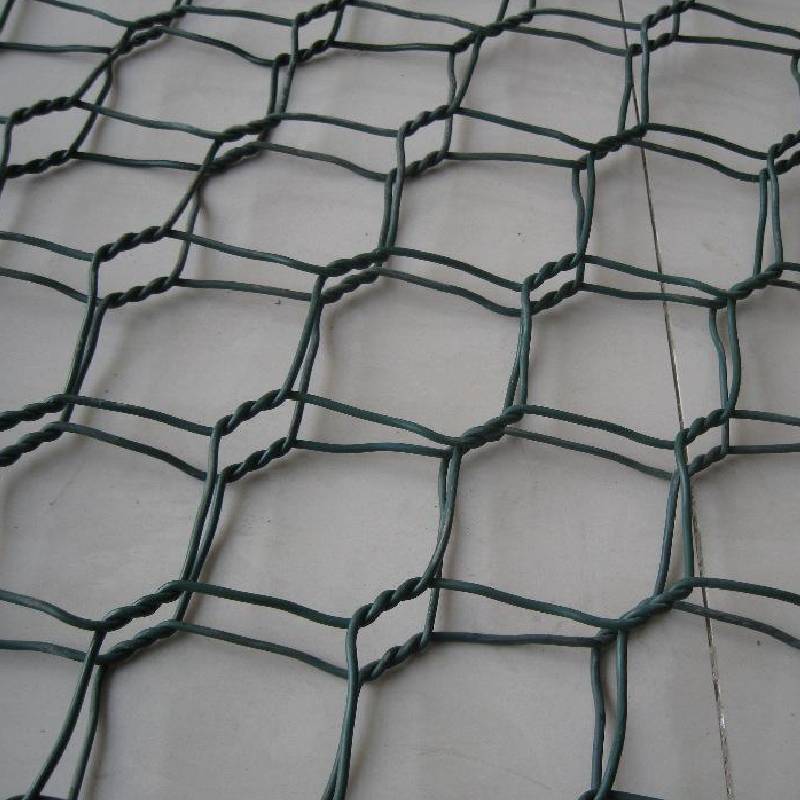
- Mobile Phone
- +8613931874955
- sales@cntcmetal.com
brick ties
The Significance of Brick Ties in Modern Construction
Brick ties, often an overlooked element in the world of construction, play a crucial role in ensuring the stability and durability of masonry structures. As construction techniques have evolved, so has the understanding of the importance of these humble yet vital components. This article delves into the significance of brick ties, their applications, and the benefits they provide in modern construction.
At its core, a brick tie is a metal connector used to secure brick or masonry veneers to the structural framework of a building. Typically made of stainless steel or galvanized steel, these ties are designed to withstand various environmental factors, including moisture, temperature fluctuations, and mechanical stresses. There are various types of brick ties, including wall ties, cavity wall ties, and reinforcement ties, each serving its unique purpose in maintaining the integrity of a structure.
One of the primary functions of brick ties is to prevent the brickwork from separating from the building’s framework. This separation can occur due to the movement of the building, settling of the foundation, or thermal expansion and contraction. By connecting the masonry to the structural elements, brick ties help to maintain the bond between the two, greatly reducing the risk of structural failure. This function becomes especially important in regions prone to seismic activity or high winds, where the forces exerted on a building can be significant.
brick ties

In addition to providing structural support, brick ties also play a vital role in moisture management. Properly installed ties create a drainage path for any moisture that may infiltrate the masonry veneer. This is especially important in cavity wall systems, where a space is maintained between the brick veneer and the structural backing. By allowing water to escape, brick ties help prevent moisture-related issues, such as mold growth and deterioration of the building materials. This not only prolongs the life of the structure but also contributes to healthier living environments.
Moreover, the correct use and installation of brick ties can lead to economic benefits in terms of reduced maintenance costs and enhanced longevity of the building. Buildings that employ quality brick ties can experience fewer repairs and lower insurance premiums, as they are less likely to suffer from water damage and structural compromises.
As sustainability becomes an increasingly critical aspect of construction, brick ties are also gaining attention for their role in energy efficiency. By ensuring that the building envelope is tightly sealed and structurally sound, brick ties help to maintain consistent indoor temperatures, reducing the need for excessive heating or cooling. This contributes to lower energy consumption and can help meet green building standards.
In conclusion, brick ties are a fundamental, yet often overlooked, component of modern construction. Their ability to provide structural stability, moisture control, and energy efficiency makes them indispensable in the building process. As we continue to innovate and improve construction practices, understanding and utilizing brick ties effectively will remain a critical aspect of creating resilient and sustainable buildings. By acknowledging their importance, builders and architects can ensure that their masonry structures stand the test of time, providing safety and comfort for generations to come.
share:
-
Wall Ties for Concrete: Invisible Guardians of Building Structural StabilityNewsAug.08,2025
-
Timber Frame Wall Ties: Stable Bonds for Load TransmissionNewsAug.08,2025
-
Stainless Steel Woven Wire Mesh: A versatile material from boundary protection to functional supportNewsAug.08,2025
-
Powder Coat Coil Springs: Creating peace of mind and reliability with sturdy protectionNewsAug.08,2025
-
Floor Standing Sign Holder: A Powerful Assistant for Flexible DisplayNewsAug.08,2025
-
Binding Iron Wire: An Invisible Bond for Building StabilityNewsAug.08,2025
-
Yard Sign Stakes: Reliable Guardians of Outdoor SignsNewsAug.04,2025



















